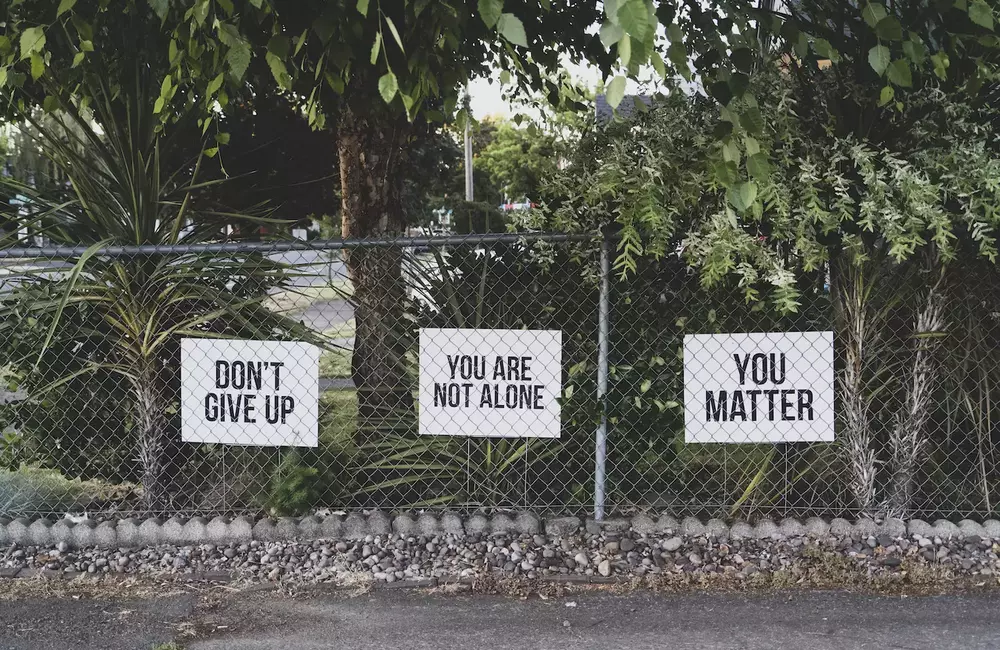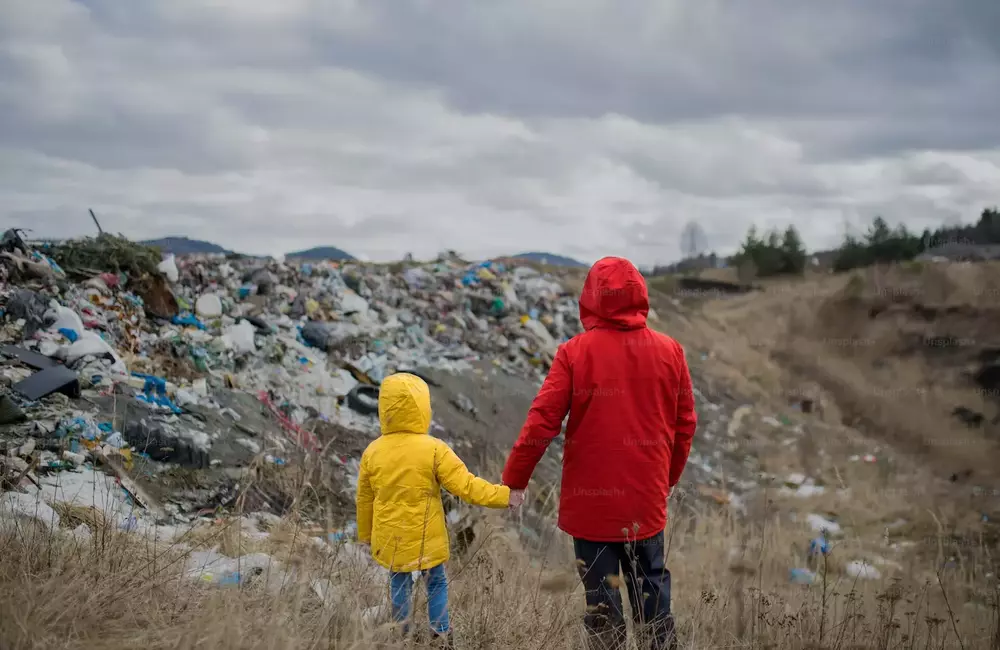Imagine waking up every day without fear—walking the streets, sending your kids to school, or even shopping at the local market, all with peace of mind. This vision is possible when communities prioritize safety. The growing concerns about crime, public health emergencies, natural disasters, and digital threats have raised a critical question: What is the importance of safety in the community, and why should we care?
The specific answer is simple but profound: A safe community not only protects lives but also strengthens economic growth, promotes mental wellbeing, encourages civic engagement, and ensures sustainable development. This article explores five core reasons why community safety is more than a policy—it’s a foundation for progress.
Let’s dive into the heart of what keeps our neighborhoods thriving and resilient.
Importance of Safety in the Community

1. Protection of Lives and Property
Community safety begins with the most basic and universal human right: the right to life and security. Without this fundamental guarantee, all other aspects of life—from education to employment—are put at risk.
a. Crime Prevention and Reduced Violence
Safe communities invest in crime prevention through neighborhood watch programs, local policing efforts, and citizen engagement. A 2024 report by the U.S. Department of Justice emphasizes that well-lit streets, visible patrols, and community partnerships can reduce local crime by up to 25% over five years. This not only saves lives but also significantly lowers healthcare and judicial system costs (DOJ, 2024).
b. Fire and Emergency Preparedness
Safety involves more than law enforcement—it’s also about disaster readiness. Whether it’s equipping residents with fire safety knowledge or conducting earthquake drills in schools, these efforts reduce the number of casualties and property damage during emergencies.
Unique Insight: In Lagos, Nigeria, a community-led fire response training initiative reduced residential fire damage claims by over 40% in just 18 months. Local ownership of safety protocols can outperform even centralized systems in responsiveness and effectiveness.
2. Promotion of Mental and Emotional Well-being
Living in a safe environment dramatically influences how people feel—about themselves, their neighbors, and their future. Psychological safety goes beyond just avoiding harm; it fosters trust and social cohesion.
a. Reduced Stress and Anxiety
According to the World Health Organization (WHO), chronic exposure to unsafe environments leads to long-term mental health conditions such as PTSD, depression, and generalized anxiety disorders. Children, in particular, are vulnerable to psychological trauma in high-crime areas (WHO, 2023).
b. Enhanced Quality of Life
A community where residents feel secure enables people to participate freely in social, cultural, and economic activities. Parents allow their children to play outside, elderly residents feel secure walking alone, and everyone benefits from a less stressful environment.
Unique Insight: Recent studies in the UK show that public spaces with visible security infrastructure, such as community patrols and CCTV, increase resident participation in outdoor activities by 32%—proving that perceived safety directly affects public engagement.
3. Economic Growth and Stability
Safe communities attract investments, boost local economies, and support thriving small businesses. Investors and entrepreneurs are naturally drawn to locations where risks—especially those tied to safety—are low.
a. Property Value Appreciation
Real estate values are closely linked to crime rates and neighborhood safety. According to Zillow’s 2024 Housing Market Analysis, homes in neighborhoods with consistently low crime levels appreciate 15% faster over 10 years compared to those in high-risk areas.
b. Job Creation and Business Growth
Safety encourages the growth of local enterprises. Markets, shops, and service providers flourish when customers feel secure. Additionally, secure transportation routes and safe working conditions are non-negotiables for business operations.
Unique Insight: In Nairobi’s Kibera slum, a youth-led initiative partnered with local government to improve safety through street lighting and community patrols. Within two years, small businesses in the area reported a 40% increase in night-time sales and a 20% increase in employment opportunities.
4. Encouragement of Community Participation and Social Cohesion
Safety doesn’t exist in a vacuum. It thrives where people know, trust, and support one another. Community engagement is both a result and a driver of safety.
a. Active Citizenship
When residents feel safe, they’re more likely to attend town hall meetings, volunteer for local causes, or participate in school events. This active citizenship strengthens communal bonds and gives people a voice in shaping their environment.
b. Building Trust Between Authorities and Citizens
Consistent safety efforts enhance the relationship between community members and public institutions. Programs like “community policing” build this bridge by involving residents in identifying and solving local problems.
Unique Insight: In post-pandemic Toronto, “safety ambassadors”—trained volunteers from within the community—served as liaisons between law enforcement and the public. This program led to a 27% increase in reported crimes (indicating trust in the system) and a 13% drop in actual crime incidents in just one year.
5. Support for Sustainable Development and Environmental Resilience
Safety plays a crucial role in ensuring that communities can sustainably grow without sacrificing their people or resources.
a. Safer Infrastructure and Urban Planning
Urban planning with safety in mind—like proper road signage, pedestrian paths, flood controls, and waste management—reduces both environmental and human risk. According to the United Nations Human Settlements Programme (UN-Habitat), safety-oriented infrastructure contributes to both economic resilience and environmental sustainability (UN-Habitat, 2023).
b. Disaster Risk Reduction
Communities that prioritize safety are more resilient to climate-related and natural disasters. This involves educating the public on emergency responses, building safe shelters, and integrating early warning systems.
Unique Insight: In coastal Bangladesh, community-led cyclone preparedness committees now handle over 60% of early warning dissemination and evacuation, reducing cyclone-related fatalities by 80% in the last decade.
What Can We Do to Promote Safety in Our Communities?

The responsibility of safety isn’t only on governments and security agencies—it begins with you and me. Here’s how anyone can contribute to a safer community:
-
Report suspicious activity to relevant authorities promptly.
-
Participate in neighborhood watch programs and safety awareness campaigns.
-
Educate children and vulnerable individuals about personal safety.
-
Support mental health initiatives in your community.
-
Encourage local leadership and governance to prioritize safety in development agendas.
Final Thoughts: Safety is the Soul of a Thriving Community
The importance of safety in the community can’t be overstated. It’s the bedrock of human development, mental peace, economic prosperity, and social trust. While safety may often go unnoticed when present, its absence is deeply felt and painfully disruptive.
Each of the five pillars we’ve explored—protection of life, emotional wellbeing, economic vitality, social engagement, and sustainable growth—is interconnected and essential. Without safety, progress crumbles. But with safety, everything becomes possible.
FAQs on the Importance of Safety in the Community
Q1: How can I contribute to safety in my neighborhood?
Start by getting involved—join or form local safety groups, report hazards, and teach others about personal safety measures.
Q2: Is community safety only about reducing crime?
Not at all. It also includes emergency preparedness, mental health awareness, environmental resilience, and more.
Q3: Why do some communities struggle with maintaining safety?
Factors such as poverty, lack of infrastructure, and weak governance can undermine safety. Sustainable solutions require inclusive, long-term planning and community involvement.
Related Posts
13 Reasons Why Safety Is Important
The Importance Of Health And Safety In The Automotive Industry
What is the Purpose of the Community Safety Education Act?
The Importance of Electrical Safety at Work and Home
5 Importance Of Machine Safety
A seasoned Health and Safety Consultant with over a decade of hands-on experience in Occupational Health and Safety, UBONG EDET brings unmatched expertise in health and safety management, hazard prevention, emergency response planning, and workplace risk control. With a strong passion for training and coaching, he has empowered professionals and organizations to build safer, more compliant work environments.
Certified in globally recognized programs including NEBOSH, ISO standards, and OSHA regulations, he combines technical know-how with practical strategies to drive health and safety excellence across industries. designing comprehensive HSE management systems or delivering impactful safety training, whether he] is committed to promoting a culture of safety and continuous improvement.
